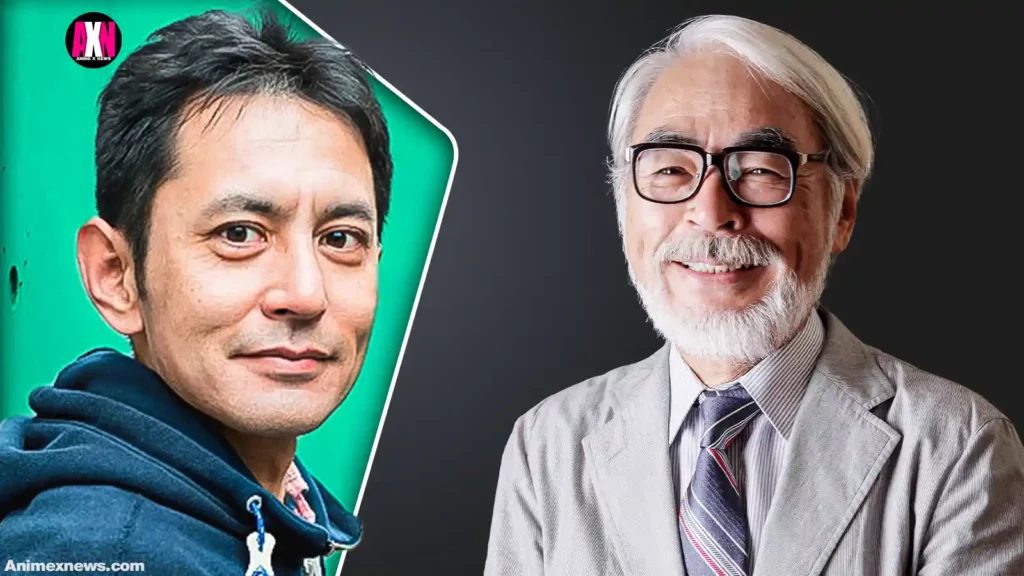The anime industry has ramped up its war on piracy, targeting major sites like AnimeSuge, AniWave, 123Anime, and MangaDex with shutdowns, lawsuits, and even AI-powered anti-piracy tech.
Governments and industry giants like Netflix, Disney, and Amazon are throwing their weight behind new laws and international crackdowns. But while these moves are painted as necessary to “save” anime, the reality is more complicated and for many fans, deeply frustrating.
The Real Reason Fans Turn to Pirate Sites
Despite the rise of legal streaming, huge swathes of anime and manga remain locked behind regional licenses, never officially released outside Japan, or are censored and altered for foreign audiences.
For countless fans worldwide, pirate sites have been the only way to access the full breadth of anime culture uncut, uncensored, and on demand.
“In times before widespread licensing, piracy was instrumental in amplifying the appeal of anime and manga, which eventually drew significant entities like Netflix, Crunchyroll, Hulu, Amazon Video, and Disney Plus to invest in these genres.”
Even today, legal options are often fragmented, expensive, or simply unavailable. Many series especially older or niche titles are missing from official platforms. For fans in regions with limited access, piracy isn’t about “stealing”, it’s about being part of the global anime community.
The Industry’s Response: AI, Laws, and the Whack-a-Mole Game

Japan and other countries are pouring millions into AI to hunt down infringing content, working with cybercrime units, and passing new anti-piracy laws. The US government has even placed major anime piracy sites on its “Notorious” list, threatening to block access nationwide.
But shutting down one site only leads to another popping up under a new name. The cycle continues, with fans and site operators always a step ahead of the latest crackdown.
Piracy: The Double-Edged Sword That Built Anime Fandom
It’s easy for industry voices to blame piracy for lost revenue and budget cuts. But history tells a different story.
Anime’s global popularity was built on the back of fan-driven piracy: fansubbing, scanlations, and grassroots sharing that introduced millions to the medium long before it was “mainstream”.
“By using technology for piracy, fans have aided in the distribution of Japanese anime and have become creators in their own right.
While beneficial for the initial growth of the once-niche culture, however, fan piracy now poses problems to legitimate licensing and distributing companies.”
Without piracy, there would be no packed anime conventions, no international streaming deals, and no billion-dollar global fandom. The industry’s own growth owes a debt to the very culture it now seeks to erase.
The Real Solution: Accessibility, Not Just Enforcement
The crackdown on pirate sites is a band-aid, not a cure. As long as legal anime remains inaccessible, fragmented, or censored, fans will keep seeking out pirate alternatives. The solution isn’t more lawsuits or AI bots it’s better, broader, and more affordable access for everyone.
If the industry truly wants to “save” anime, it needs to listen to its global audience and address the root cause: a lack of access, not a lack of loyalty.













